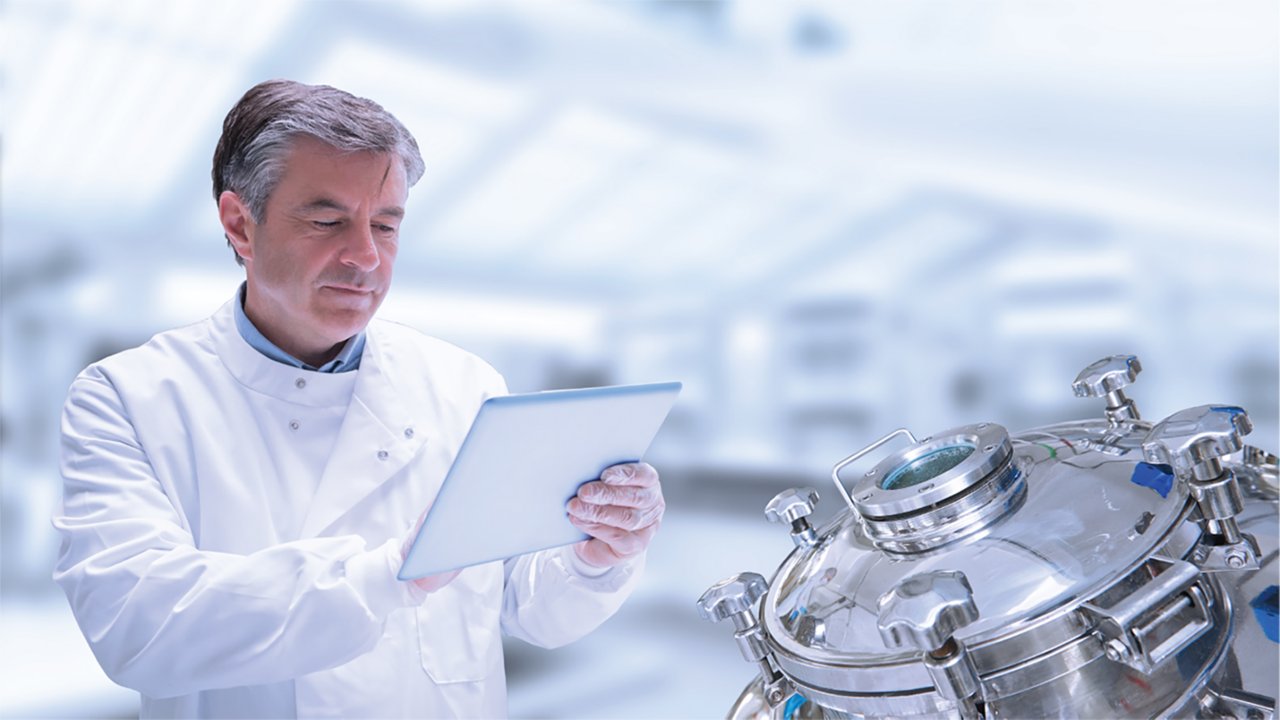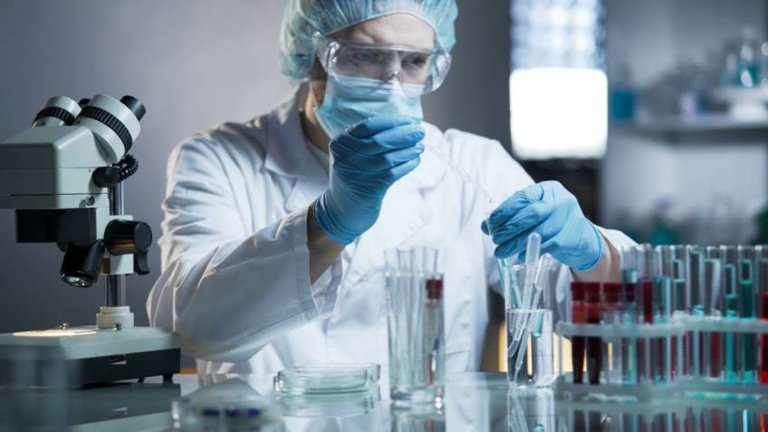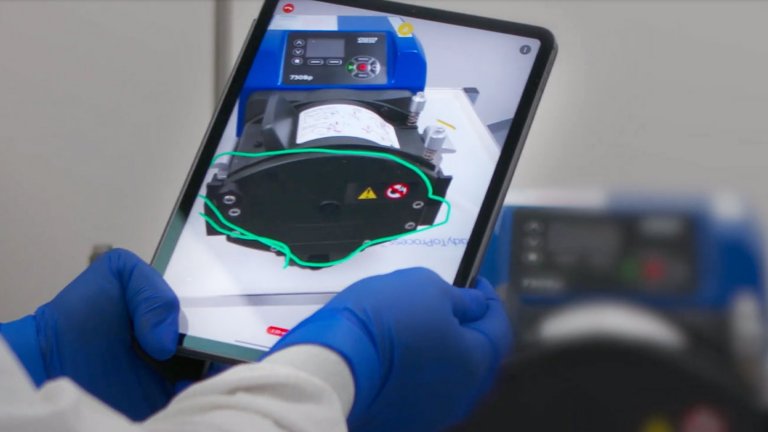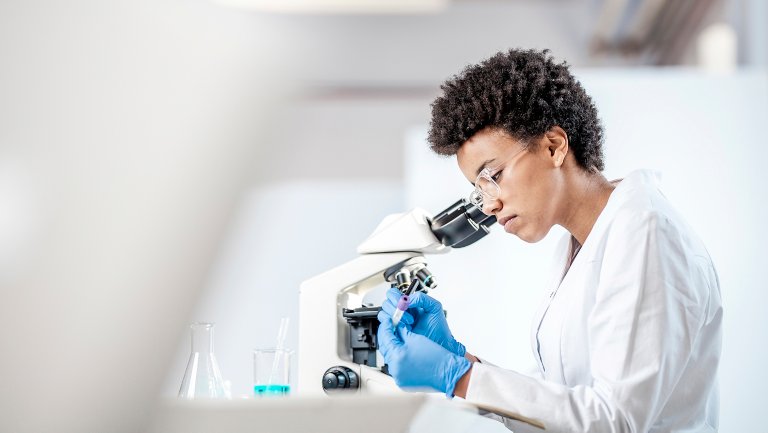IT/OT collaboration is nothing new for Eli Lilly and Company, a global healthcare leader with products marketed in 120 countries.
While many companies are in the midst of breaking down barriers between their IT and OT organizations to create smarter production operations, Eli Lilly and Company started that process more than a decade ago.
Today, the company’s IT and OT organizations have built a strong partnership to support manufacturing and quality operations with a shared purpose – producing life-saving medicines with “safety first and quality always".
A decades-long journey
Eli Lilly and Company’s path to IT/OT convergence began in the 1980s and 1990s. It was during this time that the boundaries of IT and OT started to expand and overlap.
For example, IT solutions expanded from financial and data processing to address transaction-management requirements on the manufacturing floor. And process automation expanded from proprietary, standalone digital controllers to integrated networks running on IT hardware.
In the early 2000s, the company’s manufacturing operations experienced incidents resulting directly from conflicts, gaps and overlaps between OT and IT domains. These incidents led to issues like production stoppages and cost-overruns for solution deployments.
Initially, process automation was moved from the engineering organization to the IT organization. But leadership later realized what matters isn’t who reports to who, but rather how they behave.
Actions were taken to better define areas of responsibility and implement shared governance. Engineering leaders joined the IT Lead Team, while IT senior directors were aligned with engineering senior directors. IT also assumed responsibility for providing manufacturing network services and server support, while engineering assumed responsibility for areas like process control software and logic.
“In the last 10 to 15 years, we really have started to partner together, whether it is on lifecycle management projects and upgrades that we’re doing, or in identifying new technologies and new places where we want to move forward,” said Dave Sternasty, vice president of corporate engineering and global health, safety and environment (HSE). “I would say that the partnership between IT and OT is really strong and is one of the things that we see as a key to our success.”
The power of collaboration
Eli Lilly and Company has been reaping the benefits of its IT/OT collaboration since the early 2010s. For example, IT and OT collaborated to develop an understanding of industrial cybersecurity risks, a plan to mitigate immediate risks and an ongoing strategy for best-available protection.
The IT/OT partnership also helps drive the company’s global serialization program, which stewards a global solution to provide regulatory-mandated traceability for all final product units. The solution converges IT and OT domains by integrating vision systems, high-speed control, event management systems and ERP systems.
“We also now are capturing a tremendous amount of data across our supply chain tied to the serialization solution,” said Karen Harris, vice president and information officer, manufacturing and quality, Eli Lilly and Company. “And we’re really looking at ways to take advantage of that data and turn it into information to make better decisions.”
The company is also modernizing its data and analytics architecture. This involves incorporating critical capabilities such as cloud, edge storage and computing, and the industrial IoT.
“We’re really at the crux of shop floor data and the integration of IT/OT information at the shop-floor layer, and being able to turn that data into information to make better decisions whether that be on the shop floor or in our labs,” Sternasty said.
What’s next?
Eli Lilly and Company expects it will take at least 10 years to fully realize its digital transformation vision across its major sites. This includes an aspirational goal of having the ability to deliver on the vision of a predictive plant by 2023.
To help with technology implementations both at the strategic and execution levels, the company engages its core partners like Rockwell Automation, Microsoft and others. It is also putting a focus on hiring and developing workers who are digitally enabled.
And of course, continuing to develop and build on the strong partnership between IT and OT will continue to be central to the company’s digital transformation.
“We’ve had this relationship in place for years,” Harris said. “And actually, it aligns with our broader Team Lily approach, where we believe it’s the cross-functional teams and cross-functional relationships that really drive success. And it’s that teamwork that helps us advance our agenda.”




